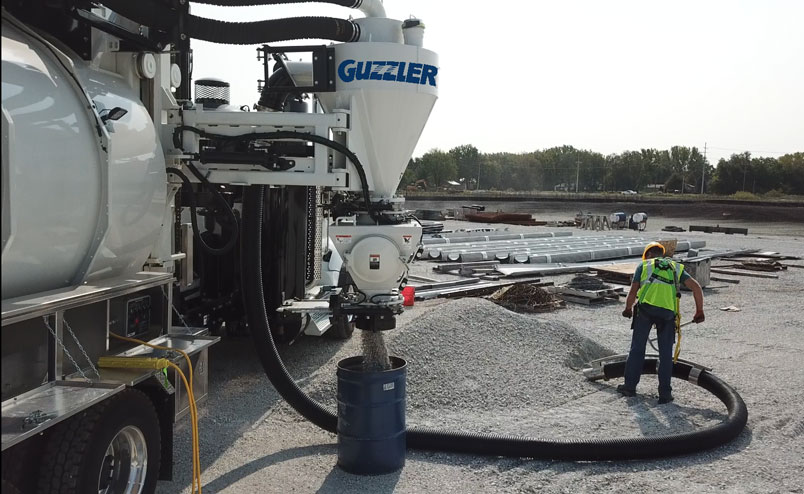By Ed Sullivan
The latest economic data, on its surface, presents a stronger-than-expected economic picture. Headline GDP growth of 3% exceeded most expectations even in the context of slower consumer spending. Headline consumer confidence edged up, although the present situation index eased a bit. Inflation measured by the personal consumer expenditures came in at 2.8% year-over-year (Y-O-Y), a bit stronger than expected and now stands a tick higher than the level at which the year began.
Combined, these data suggest the economy’s resilience is intact. Solid economic growth and slightly rising inflation is the context in which the Federal Reserve decided to hold rates steady.
Then came the jobs report. Roughly 150,000 net new jobs monthly reflect a comfortably growing economy. Monthly job creation for July slowed to 73,000 net new jobs. June job creation was revised down considerably, from 147,000 net new jobs created to only 14,000 net new jobs. Strong job creation has been a key factor in the economy’s resiliency over the past few years.
Finally, tariffs took center stage. Several companies reported that tariffs had an adverse impact on their earnings. General Motors calculated that tariffs will cost them between $4 billion to $5billion in 2025. These assessments were followed by the administration’s announcement of higher tariff rates, particularly on Canada.
To sum it up. The data released this week suggests that stagflation is now here. It suggests a near-term future of higher inflation in the context of a weakening economy and job market. This makes policy decisions on interest rates more difficult.
The urgency to cut rates carries more weight in the context of the weakening of the labor market. At the same time, the prospect of higher inflation has been stoked by initiatives on the tariff front. Decisive rate movements either way are unlikely to materialize in 2025.
If your business planning efforts are important, and you are in the cement or concrete business, perhaps you should subscribe to the report published by the most seasoned forecaster in the U.S. cement industry. The Cement Outlook Report is a detailed service and collection of forward-looking reports and assessments and highlighted by three five-year forecasts of the economy, construction, cement and concrete industries. Given the planning risks, this seasoned voice could have a significant contribution on your business strategy. Contact Ed at [email protected] for information on how to subscribe and receive the Forecast Reports and analysis today.



